For those who study and teach literature—whether prose fiction, poetry, and drama, or newer literatures like film, television, and comics—videogames are a diverse and rewarding pursuit. Readers of Orwell and Atwood will savor BioShock’s (2007) dystopian spin on Ayn Rand’s libertarian philosophy. Fans of Faulkner and Márquez will appreciate the shifting narrative focalization and dense intertextuality of Kentucky Route Zero (2013).
GLaDOS, the artificial intelligence that taunts us through the tricks and traps of Portal (2007), is cousin to the malevolent narrators of Poe, Jackson, and Ellis. The sensuous violence of With Those We Love Alive (2014) compares with Cronenberg and Le Guin. The whispers that accompany us as we journey across the Hebridean landscape of Dear Esther(2012) spur memories of the echoing chambers of the late Beckett. And though they require a bit of recalibration to do the job, the tools of literary analysis prove quite useful for consideration of the narratives, dialogue, characters, settings, themes, and imagery of videogames. This is one reason why games are finding their way onto the syllabi and curricula of literature departments.
But the argument for treating videogames as literature shouldn’t depend solely on the question of whether or how well games compare with recognizably “literary” things like novels, plays, poems, and movies. And how we understand “videogame literacy” shouldn’t be constrained by thinking of videogames only in terms of keyboards, consoles, controllers, and monitors.
Videogame literacy isn’t just about videogames, but about literature
In “Manifesto for a Ludic Century,” Eric Zimmerman argues that the “increasingly systemic, modular, customizable, and participatory” nature of technoculture intertwines us in deep, complex, intimate, often unrecognizable ways with economic and governmental power. The mercurial and self-obfuscating nature of that intertwining poses real challenges to our individual and collective capacity to identify those systems, to map them and our relationship to them, and to generate critical perspective and empowering practice.
One way to do this, Zimmerman argues, is to play videogames. “It is not enough to merely be a systems-literate person; to understand systems in an analytic sense,” he writes. “We must also learn to be playful in them.”[i] Videogames are, at heart, interactive systems that govern and evaluate performance.
Anna Anthropy would agree: “A painting conveys what it’s like to experience the subject as an image; a game conveys what it’s like to experience the subject as a system of rules.”[ii] The player of games doesn’t just play within the system of rules, Anthropy explains, she plays with the rules. As she plays, she continually assesses the state of the system, looks for opportunities to take advantage, identifies and implements the best strategy, modifies or glitch the rules to improve the experience.[iii]
In other words, videogame literacy is achieved not only through direct interaction with the game itself. Yes, to play a game, one must engage with it as a player and experience its challenges first-hand. However, to frame videogame literacy only in terms of the specific interaction between player and game is to woefully misunderstand exactly what videogames are and the range of activities videogame players engage in when they play.
A useful way to think about this broader range of activities is in terms of “metagaming.” Conventionally, metagaming is defined as the analytic and strategic activities not designed into the game rules but that emerge when players develop a history with a game and the players who play it. For example, in soccer, the rules do not stipulate what direction I may dribble the ball when challenged by an opponent. However, my opponent may realize that, when challenged, I always go to my left. So, when they challenge me the next time, they anticipate that movement. And I might anticipate their anticipation, choosing to move to my right the next time they challenge, having lured them into a trap. That’s metagaming.
Metagames can reflect local play cultures, too; for example, the various “house rules” of Monopoly or the refusal of NBA players to take free throws “granny style,” despite the fact that it is a far more reliable method than the conventional overhead style.
However, this definition of metagaming is historically and theoretically limited. Stephanie Boluk and Patrick LeMieux argue for a broader conception of metagaming that (1) fully comprehends the “conditions of twenty-first century play,” and (2) accounts for a broader range of activities and contexts, including “[a]ttitude, affinity, experience, achievement, status, community, competition, strategy, spectatorship, statistics, history, economy, [and] politics.”[iv] In their book Metagaming, they advocate a conception of metagaming as a “critical practice in which playing, making, and thinking about videogames occur within the same act.” Within this broader framework of play, they explain, “[t]he metagame emerges as the material trace of the discontinuity between the phenomenal experience of play and the mechanics of digital games. From the position in front of the television, posture on the couch, and proprioception of the controller to the most elaborate player-created constraints, fan practices, and party games, metagames are the games created with videogames. . . . Metagames reveal the alternate histories of play that always exist outside the dates, dollars, and demographic data that so often define videogames in industry magazines and encyclopedia entries.”
To quote game designer Richard Garfield, “[T]here is . . . no game without a metagame.”[v]
So, where does literature fit into the metagame? How can literature be considered a form of metagaming?
We need to expand our definition of “playing a videogame”
Boluk and LeMieux rightly expand the concept of videogame play to encompass everything “in, on, around, above, between, beside, below, or through” games. However, despite this expansive definition of play, they demonstrate a curious hesitation to consider—or perhaps a failure to recognize—forms of metagaming that involve a different set of attitudes, desires, practices, and technologies.
(Image #2:Alena Alambeigi/Mashable)
For example, when I sit down, boot up my PS4, and press start on the multi-player first-person shooter Overwatch, my goal is to play the game Overwatch. But I don’t just play Overwatch with a controller in my hands. I can play the game with my PS4 turned off, too. I play the game when I visit the official website to check out videos and comics about the game’s diverse and utterly fetching roster of characters. I play it when I participate in Twitch.tv session. I play it when I browse social-media sites that showcase fan-created art and fiction. I play it when I comment on articles that discuss the game’s approach to racial, ethnic, and gender diversity—and when I distribute those articles on my social media feeds and in my classrooms. I play it in online forums that describe elaborate theories about the next character the developer will unveil. I play it when I explore Overwatch cosplay sites and marvel at the technical, gestural, and performative genius of cosplayers and those who photograph them. This is a form of play—a form of cross-media, cross-genre metagaming—that has yet to be recognized by videogame theorists and historians. And it is a vital source of ludic literacy.
Videogames are one part of a larger textual ecology, what Henry Jenkins calls “convergence culture,” a conjuncture of social, economic, and technical forces “where the power of the media producer and the power of the media consumer interact in unpredictable ways.”[vi] In convergence culture, content flows “across different media systems, competing media economies, and national borders” reflecting the innovative and intensifying corporate production and marketing strategies of global, networked capitalism as well as the active, conscious, interventionist, and creative activities of consumers.[vii] Indeed, in some contexts (I think here of the third wave of “otaku” described by Hiroki Azuma[viii]), the line between producer and consumer is difficult to detect and of little analytic utility. Overwatch is an excellent, but not at all unusual example of a game that is designed to promote cross-platform exploration and creation. But even when a game isn’t designed to exploit a particular convergence network, most videogame players participate in some form of convergence-oriented play.
Should we unconditionally celebrate convergence culture and the new modes of consumer agency, metagaming, and multi-modal literacy it enables? Oh, yeezus, no. Convergence culture is a system of power and control, and whatever agency we ascribe to it is necessarily a contingent and negotiated agency. Which is precisely why I argue here for an expansive understanding of video game play and, concomitantly, an expansive understanding of this body of texts I call “video game literature.”
A capacious conception
As I define it, videogame literature includes videogames, but also novels, short stories, and graphic fiction that portray Pokémon captured, opponents struck down with mystic fireballs, or the fraught decision to choose “male” or “female” when designing a player character. It includes cinematic adaptations of videogames and television series with “gamers” as characters; the instruction manuals and “feelies” of 1980s console games and computer-based interactive fiction; and raps that drop sly references to games and game tropes. Videogame literature includes fan-made machinima that adapts the characters, situations, and software engines of games to explore relationships, conflicts, and themes left fallow by the games themselves; fan-fiction that queers heteronormative narratives and characters; and the cosplay of players of color embodying white superheroes.
Videogame literacy isn’t just about learning how to play games consciously and critically. By examining texts like these, we gain insight into the fantasies, ideologies, and anxieties that surround videogames.
Here’s a good example. In a smart critique of Ernest Cline’s bestselling novel Ready Player One, Megan Amber Condis argues that Cline’s representation of videogames, gamers, game play, and gamer culture rewards forms of literacy that echo the exclusionary racial and gender politics of videogame and nerd culture. Building on theories of canon formation and postmodern fabulation, Condis demonstrates that the dense, often arcane intertextuality of Ready Player One functions as a kind of literary game that affirms a particular kind of reader identity. She writes, “The density and subtlety of the references sprinkled throughout the novel demands attentive, careful reading. Allusions must be sought out and ‘solved’ (their referents discovered) if readers are to understand the speech . . .” of the novel’s narrator and his community.[ix] Thus, the “performative codes” that govern Cline’s characters and the world in which they live reproduce “the performative codes that define categories of gender and race” in videogame culture more generally.[x]
Condis’s essay shows that a thorough analysis of a novel that represents videogames, videogame players, and videogame culture can provide insight into the ideologies and institutions that surround and govern videogames, the dynamics of videogame play, and the social, economic, and technical forces of the “ludic century.” Sadly, her essay is one of only a very few that address the literary side of videogames, and it is telling that the work on ludic literature upon which she builds her critique were published more than three decades ago.
Nevertheless, work like Condis’s (and others who I’ll discuss in my posts) affirms a capacious conception of videogame literature and highlights its special position in the dynamic, evolving relationship of “media convergence, participatory culture, and collective intelligence,” to recall Jenkins again.[xi] Similarly, it honors the expansive concept of play described by Boluk and LeMieux, assuring that we do not lose site of the historical and culturally specific nature of videogame play. But most importantly, it draws attention to a burgeoning body of literature that has received far too little attention despite the fact that it is both a fascinating body in and of itself and one that attracts great numbers of readers, shaping the metagame of the ludic century.
Seven ways to identify “videogame literature”
As a first step towards a survey and evaluation of that diverse textual body, what I do here is less compile a bibliography than describe the tools with which we can identify the genre and critique its artifacts. To that end, I define here a set of genres and tropes that encompass the field of videogame literature (excluding, of course, videogames themselves). These include:
- Supplementary fiction: Videogame manuals; developer-produced websites, videos, and digital comics; and fan-generated forums, videos, software mods, and other texts intended to complete a game’s fiction—its storyworld—in “canonical” fashion.
- Fictive adaptation: Movies, television and web series, machinima, novels, comics, fan fiction, cosplay, and so on whose fictions are envisioned within the diegetic parameters of a specific video game but are not considered canonical (though they may be considered part of a particular fandom’s canon, a.k.a. “fanon”).
- Diegetic representation: Videogames, players, game play, and game culture that appear in a text.
- Figurative representation: Videogames, players, game play, and game culture that serve as symbol, metaphor, metonym, analogy, allegory, etc.
- Intertextual reference: Videogame phrases, sounds, shapes, images, movement patterns, environmental design, and so on referenced in a text.
- Intermedial representation: Videogames, videogame play, and gaming culture remediated or transmediated across texts or as part of a multimedia text.
- Procedural adaptation: The duplication of a game mechanic in a text such as leveling, respawning, manipulating an avatar, first-person perspective, glitch play, etc. Procedural adaptation can be identified in texts that do not otherwise represent videogames, game players, or game culture.
A videogame, game player, or element of videogame culture might serve multiple purposes in a single text. The fifth episode of the first season of the AMC television series Halt and Catch Fire (2014) represents the game Colossal Cave Adventure (1977) diegetically: we see characters playing and hear them talking about it. The game helps establish and build character: Yo-Yo is shown to be a deeply knowledgeable player, recognizing when Cameron is playing by the sound of her keystrokes, and we are surprised to discover that the curmudgeonly Bos is also trying his hand at it. The game moves the plot forward: the coders who complete the game—by wit or by cheating—are identified by Cameron as creative problem-solvers and she recruits them for a special project that will become the focus of the series’ second season. Adventure functions metonymically, too. Along with costumes, props, and set, it helps establish the early-1980s setting of the episode. Finally, it functions as a metaphor for the characters’ desire for a life that is bigger, riskier, and more rewarding. Indeed, the title of the episode is “Adventure.”
Halt and Catch Fire (AMC)
Ultimately, I hope that recognition of these genres and tropes can support the larger project of (1) improving our understanding of the multi-modal nature of videogame play; (2) defining the field of “videogame literature” in generic terms; (3) comprehending the diverse ways that videogames, videogame players, game play, and the culture of videogaming are represented in literature; and (4) refining our understanding of the historical, cultural, and ideological significance of videogames and, more broadly, the ludic dimensions of technoculture. Though our thumbs and eyes may be doing very different things when we interact with a videogame or read a book, they are both forms of play.
[1] Big thanks to the students in my Fall 2017 English 765/865: Videogames and Literature course: Anne Betz, Brandi Billotte, Cody Dunmire, Jordan Gorsuch, Sean Helman, Bradley Markle, Asma Alameroo, Alexander Hagood, John Mabold, Olivia Maderer, Shane Sedlemyer, Barbara Shultz, and Zeeshan Siddique.
[i] Eric Zimmerman, “Manifesto for a Ludic Century,” Kotaku.com 13 Sept. 2013. Accessed 1 Nov. 2017.
[ii] Anna Anthropy, Rise of the Videogame Zinesters (New York: Seven Stories Press, 2012) 3.
[iii] Anthropy, Rise of the Videogame Zinesters, 49.
[iv] Boluk and Lemieux, Metagaming: Playing, Competing, Spectating, Cheating, Trading, Making, and Breaking Videogames (Minneapolis: University of Minnesota Press, 2016).
[v] Richard Garfield, qtd. in Boluk and LeMieux, Metagaming, Introduction.
[vi] Jenkins, Convergence Culture: Where Old and New Media Collide (New York: New York University Press, 2008): 2.
[vii] Jenkins, Convergence Culture, 3.
[viii] Hiroki Azuma, Otaku: Japan’s Database Animals, trans. Jonathan E. Abel and Shion Kono (Minneapolis: University of Minneapolis Press, 2009).
[ix] Megan Amber Condis, “Playing the Game of Literature: Ready Player One, the Ludic Novel, and the Geeky ‘Canon’ of White Masculinity.” Journal of Modern Literature 39.2 (Winter 2016): 5.
[x] Condis, “Playing the Game of Literature,” 3.
[xi] Jenkins, Convergence Culture, 2.

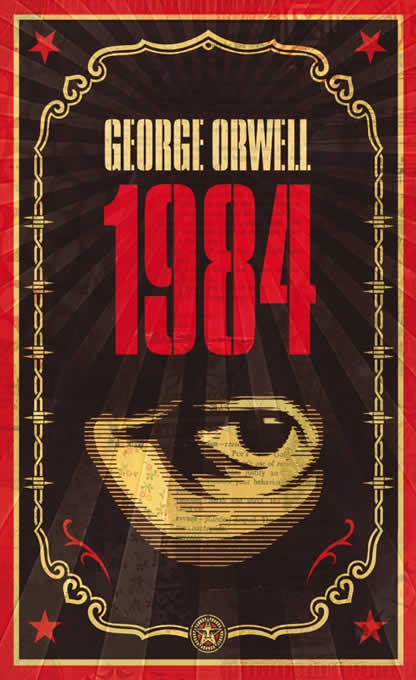



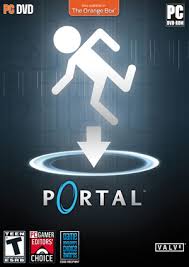
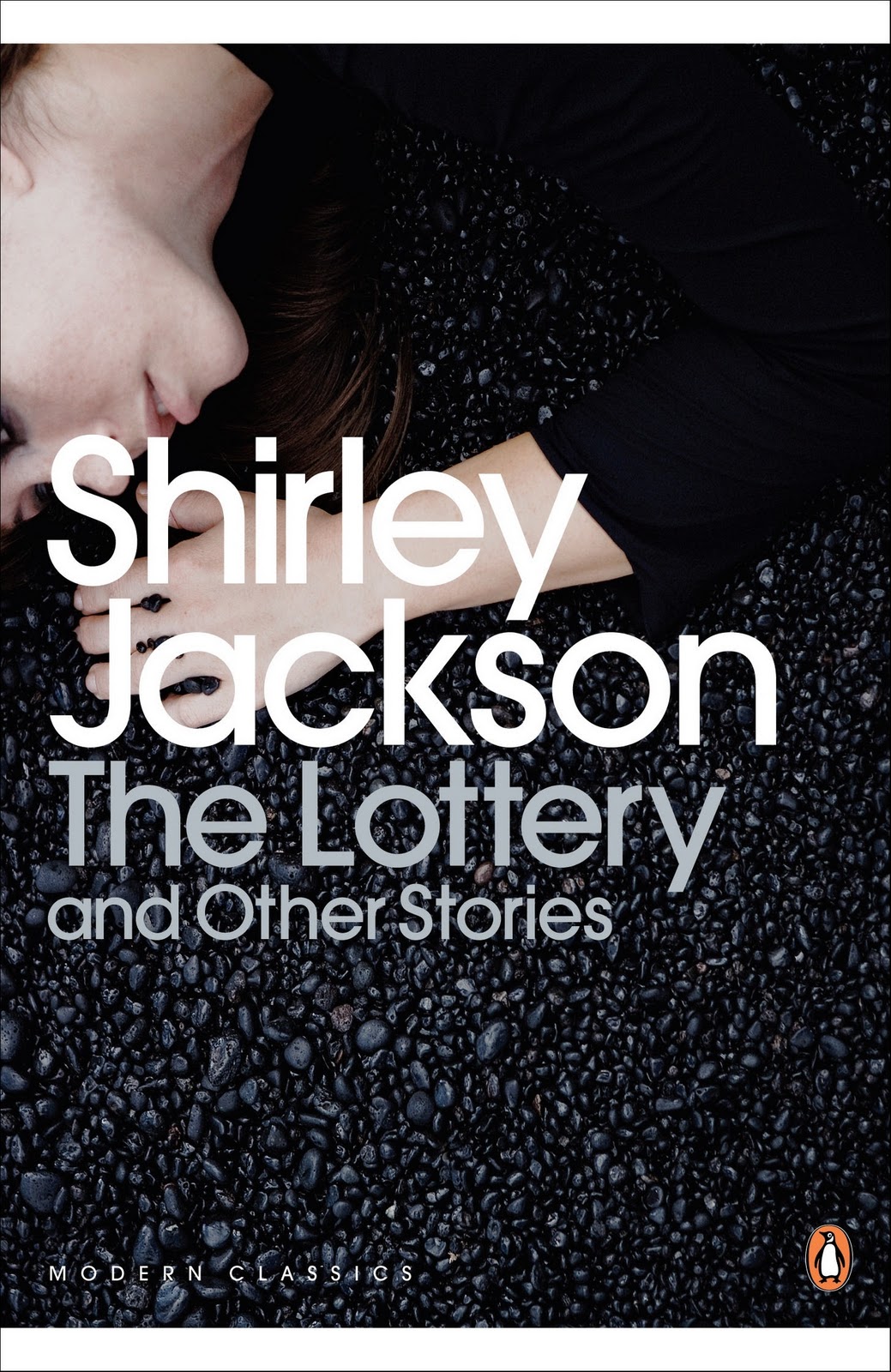





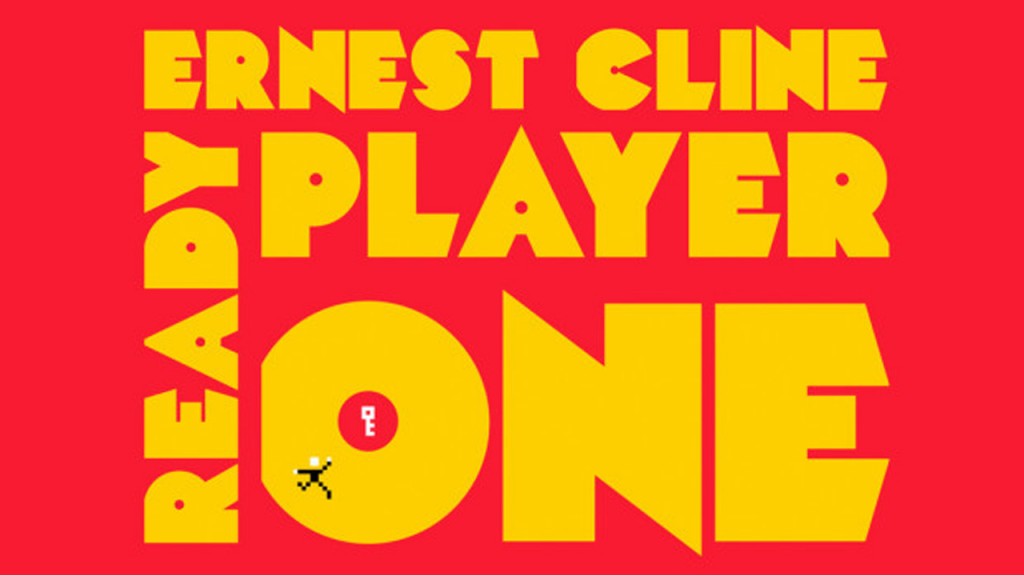
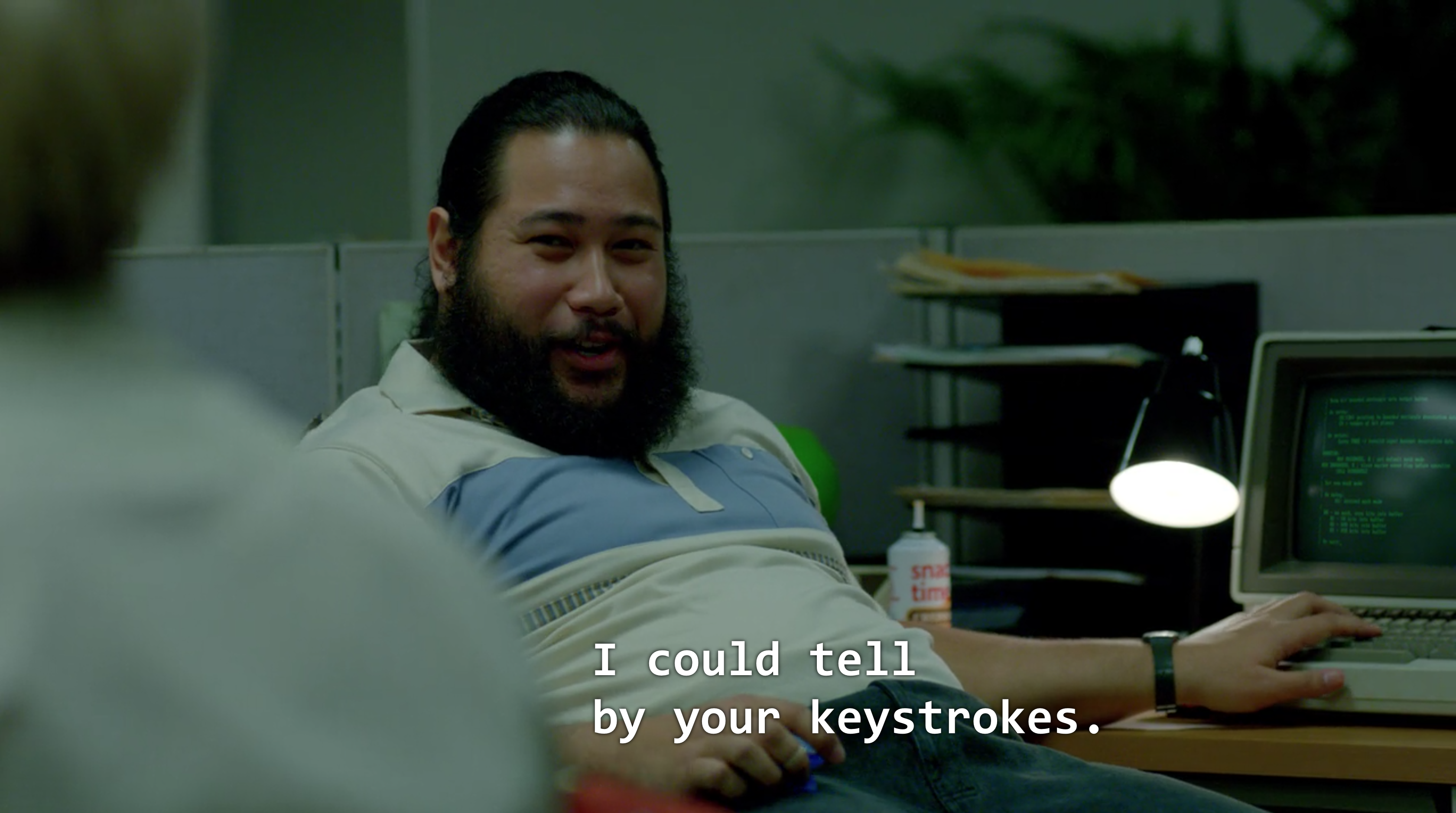


OMG
Really cool and very long detailed
articles about the topic. Thanks You are awesome